NPs Basic Information
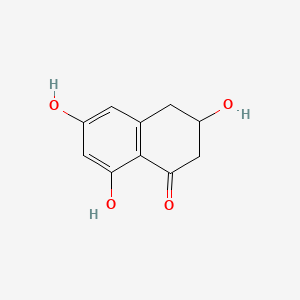
|
Name |
1(2H)-Naphthalenone, 3,4-dihydro-3,6,8-trihydroxy-, (3R)-
|
| Molecular Formula | C10H10O4 | |
| IUPAC Name* |
3,6,8-trihydroxy-3,4-dihydro-2H-naphthalen-1-one
|
|
| SMILES |
C1C(CC(=O)C2=C1C=C(C=C2O)O)O
|
|
| InChI |
InChI=1S/C10H10O4/c11-6-1-5-2-7(12)4-9(14)10(5)8(13)3-6/h1,3,7,11-13H,2,4H2
|
|
| InChIKey |
RTWVXIIKUFSDJB-UHFFFAOYSA-N
|
|
| Synonyms |
Scytalone; 49598-85-8; 1(2H)-Naphthalenone, 3,4-dihydro-3,6,8-trihydroxy-, (3R)-; 3,6,8-trihydroxy-3,4-dihydronaphthalen-1(2H)-one; 3,6,8-trihydroxytetralone; 3,6,8-trihydroxy-3,4-dihydro-2H-naphthalen-1-one; SCHEMBL2025113; CHEBI:16945; 3,6,8-Trihydroxytetralin-1-one; AKOS006272782; SB47735; 3,4-dihydro-3,6,8-trihydroxy-1(2H)-naphthalenone; Q27102146; 3,6,8-trihydroxy-1,2,3,4-tetrahydronaphthalen-1-one
|
|
| CAS | NA | |
| PubChem CID | 3477029 | |
| ChEMBL ID | NA |
*Note: the IUPAC Name was collected from PubChem.
Chemical Classification: |
|
|
|---|
——————————————————————————————————————————
NPs Species Source
| Endophyte ID | Endophyte Name | Family | Genus | Taxonomy ID | GenBank ID | Closest GenBank ID | Reference | |
|---|---|---|---|---|---|---|---|---|
| Endophyte ID | Endophyte Name | Family | Genus | Taxonomy ID | GenBank ID | Closest GenBank ID | Reference |
NPs Biological Activity
| Bioactivity Name | Target ID | Target Name | Target Type | Target Organism | Target Organism ID | Potency of Bioactivity | Activity Type | Value | Unit | Endophyte ID | Endophyte Name | |
|---|---|---|---|---|---|---|---|---|---|---|---|---|
| Bioactivity Name | Target ID | Target Name | Target Type | Target Organism | Target Organism ID | Potency of Bioactivity | Activity Type | Value | Unit | Endophyte ID | Endophyte Name |
NPs Physi-Chem Properties
| Molecular Weight: | 194.18 | ALogp: | 0.9 |
| HBD: | 3 | HBA: | 4 |
| Rotatable Bonds: | 0 | Lipinski's rule of five: | Accepted |
| Polar Surface Area: | 77.8 | Aromatic Rings: | 2 |
| Heavy Atoms: | 14 | QED Weighted: | 0.575 |
——————————————————————————————————————————
NPs ADMET Properties*
ADMET: Absorption
| Caco-2 Permeability: | -4.917 | MDCK Permeability: | 0.00000631 |
| Pgp-inhibitor: | 0.002 | Pgp-substrate: | 0.385 |
| Human Intestinal Absorption (HIA): | 0.107 | 20% Bioavailability (F20%): | 0.995 |
| 30% Bioavailability (F30%): | 0.998 |
——————————————————————————————————————————
ADMET: Distribution
| Blood-Brain-Barrier Penetration (BBB): | 0.309 | Plasma Protein Binding (PPB): | 48.79% |
| Volume Distribution (VD): | 0.909 | Fu: | 54.91% |
——————————————————————————————————————————
ADMET: Metabolism
| CYP1A2-inhibitor: | 0.624 | CYP1A2-substrate: | 0.183 |
| CYP2C19-inhibitor: | 0.061 | CYP2C19-substrate: | 0.066 |
| CYP2C9-inhibitor: | 0.052 | CYP2C9-substrate: | 0.72 |
| CYP2D6-inhibitor: | 0.093 | CYP2D6-substrate: | 0.252 |
| CYP3A4-inhibitor: | 0.137 | CYP3A4-substrate: | 0.174 |
——————————————————————————————————————————
ADMET: Excretion
| Clearance (CL): | 16.174 | Half-life (T1/2): | 0.841 |
——————————————————————————————————————————
ADMET: Toxicity
| hERG Blockers: | 0.04 | Human Hepatotoxicity (H-HT): | 0.088 |
| Drug-inuced Liver Injury (DILI): | 0.497 | AMES Toxicity: | 0.146 |
| Rat Oral Acute Toxicity: | 0.192 | Maximum Recommended Daily Dose: | 0.862 |
| Skin Sensitization: | 0.9 | Carcinogencity: | 0.095 |
| Eye Corrosion: | 0.012 | Eye Irritation: | 0.961 |
| Respiratory Toxicity: | 0.692 |
——————————————————————————————————————————
*Note: the ADMET properties was calculated by ADMETlab 2.0. Reference: PMID: 33893803.
Similar Compounds*
Compounds similar to EMNPD with top10 similarity:
| Similar NPs | Similar Drugs | ||||||
|---|---|---|---|---|---|---|---|
| NPs ID | NPs 2D Structure | Similarity Score | TTD ID | Drug 2D Structure | Similarity Score | ||
| ENC005096 | 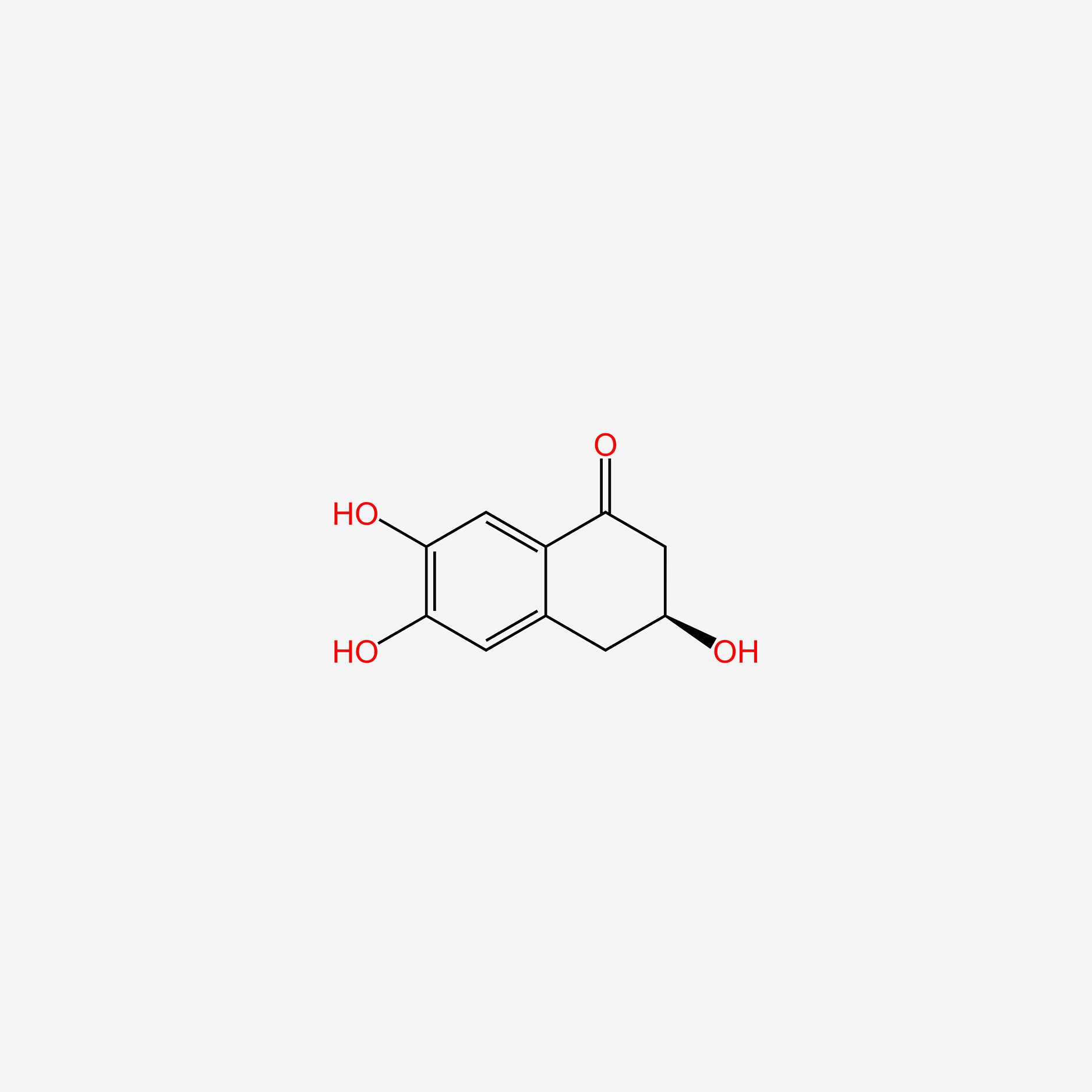 |
0.617 | D07MGA |  |
0.375 | ||
| ENC004397 |  |
0.583 | D07EXH | 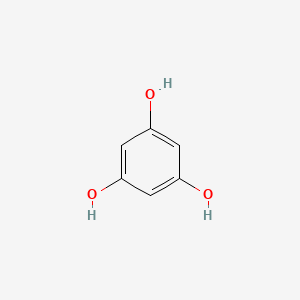 |
0.292 | ||
| ENC005180 | 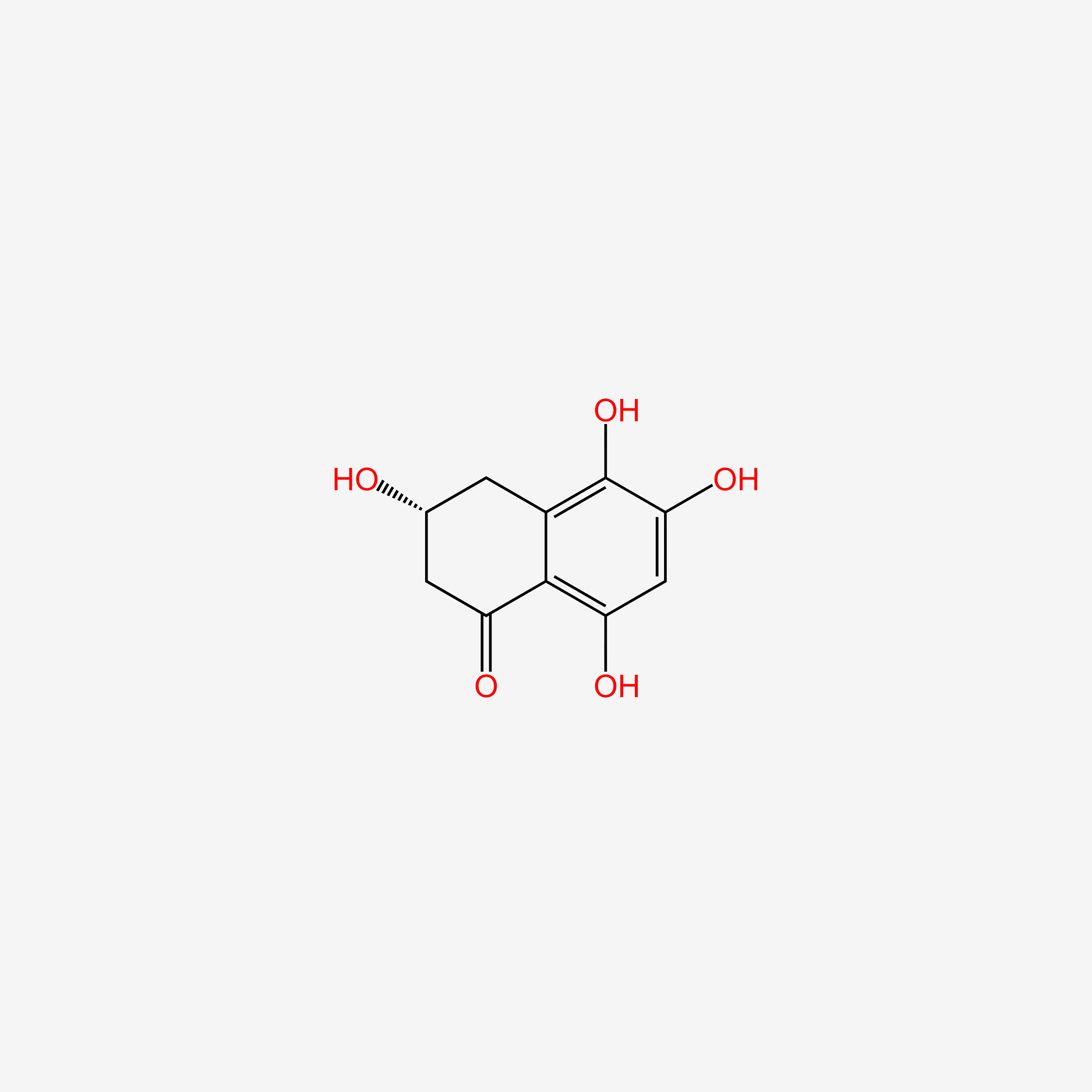 |
0.560 | D04AIT |  |
0.263 | ||
| ENC006107 | 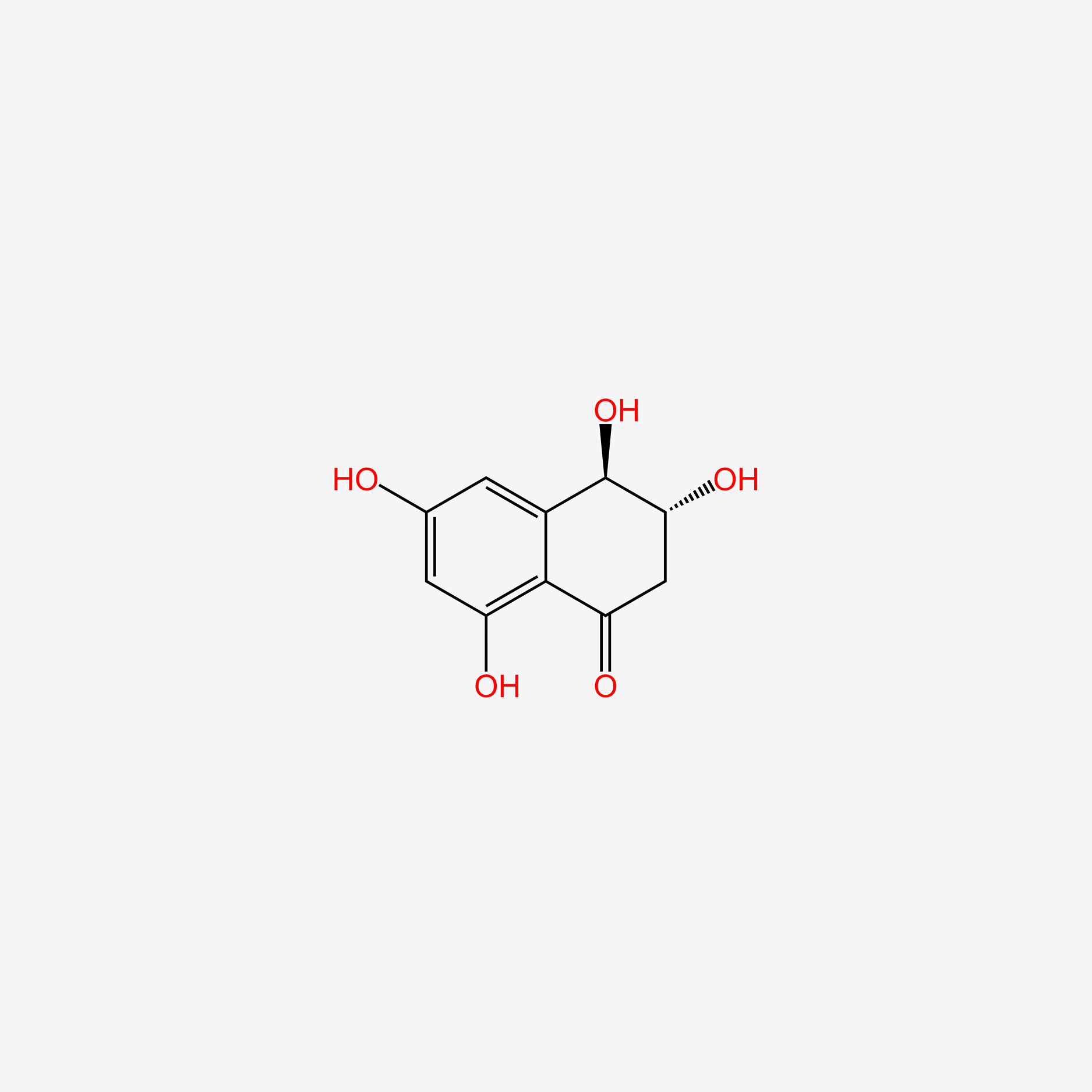 |
0.560 | D0K8KX | 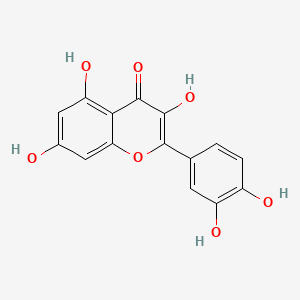 |
0.256 | ||
| ENC005853 | 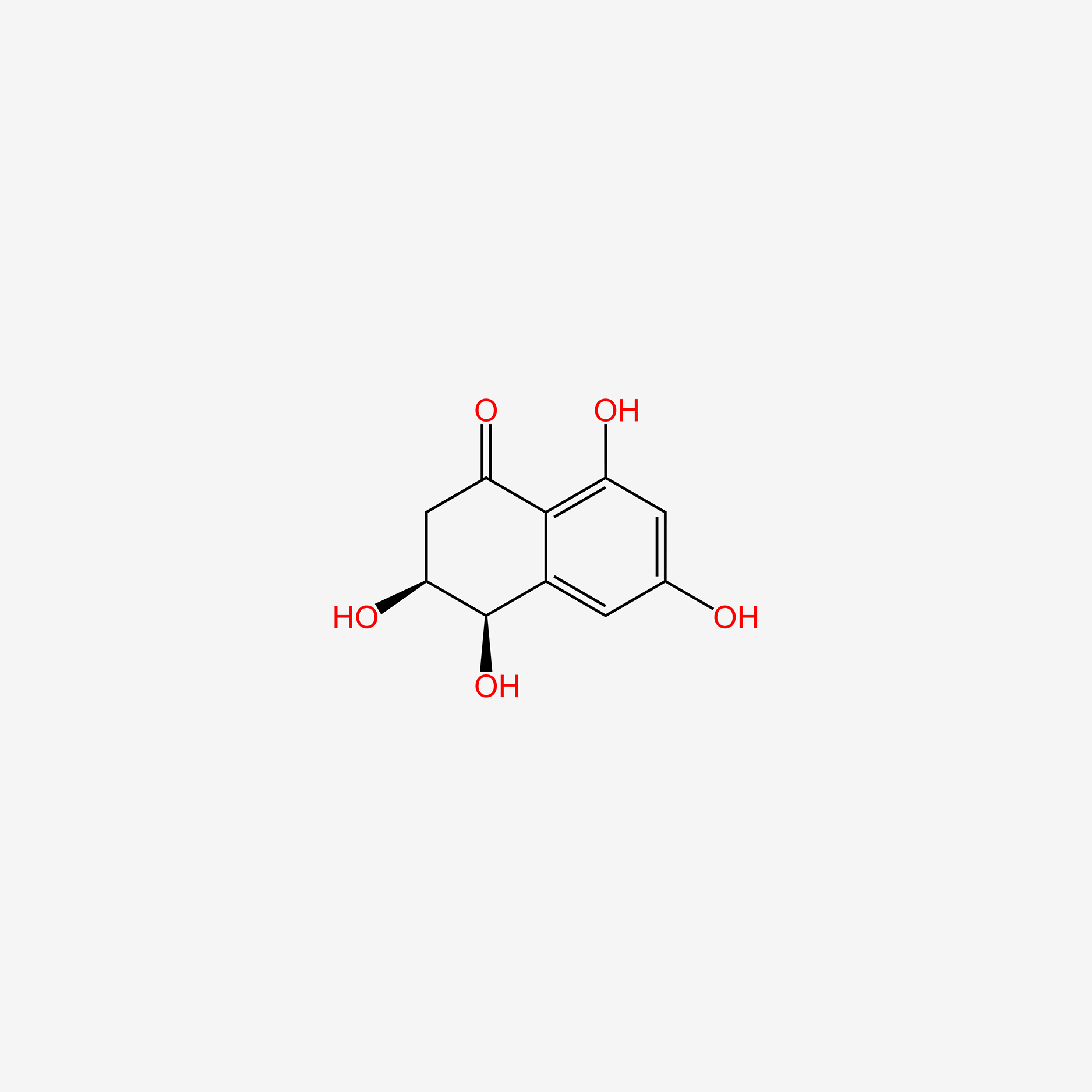 |
0.560 | D0H6QU | 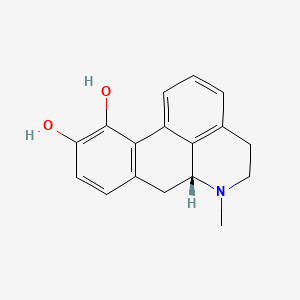 |
0.234 | ||
| ENC002936 | 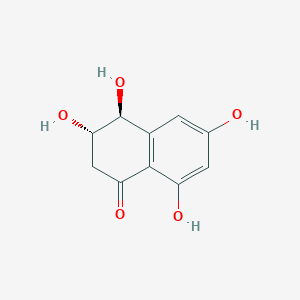 |
0.560 | D0R6BI |  |
0.228 | ||
| ENC003216 | 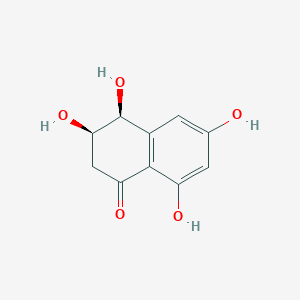 |
0.560 | D02NSF | 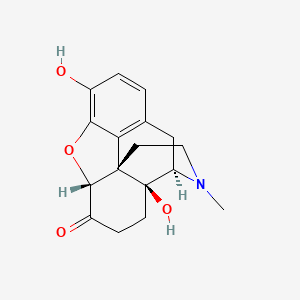 |
0.220 | ||
| ENC003000 | 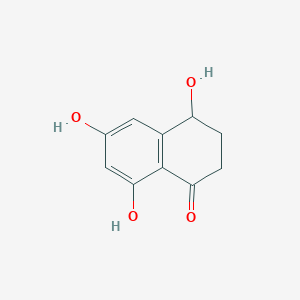 |
0.551 | D02UFG | 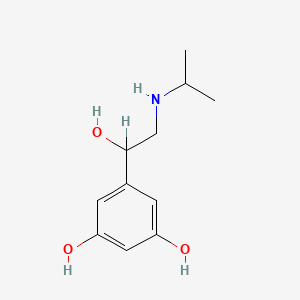 |
0.219 | ||
| ENC003360 | 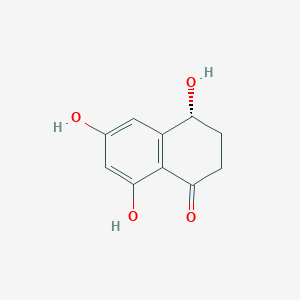 |
0.551 | D00ZFP | 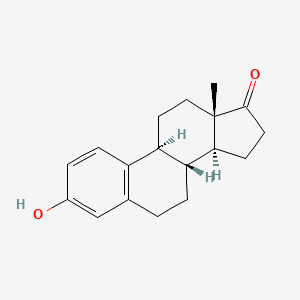 |
0.218 | ||
| ENC005249 | 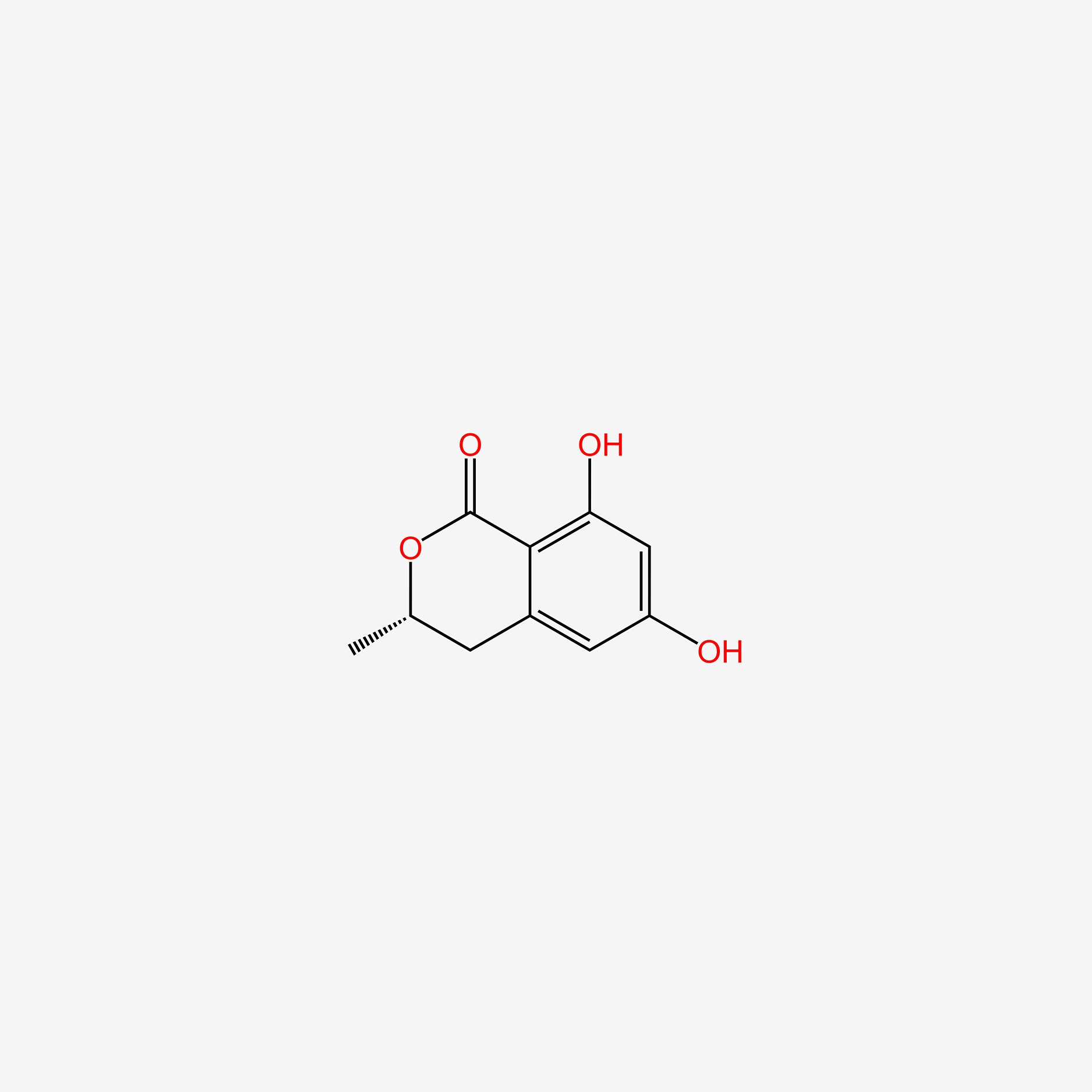 |
0.551 | D0V9EN | 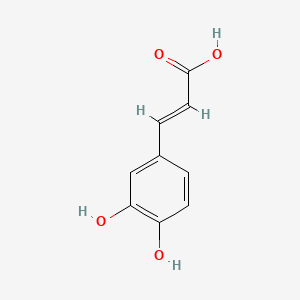 |
0.217 | ||